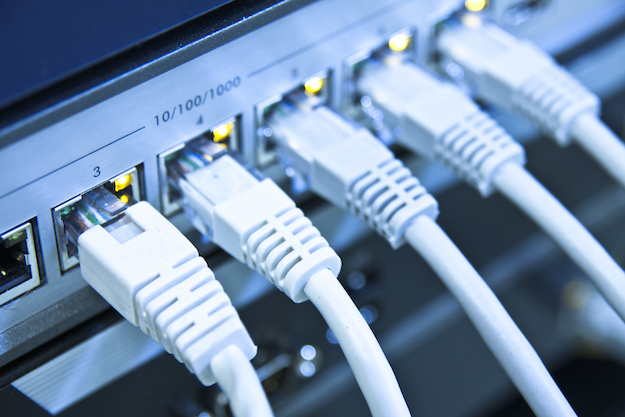If you are looking to ensure that everyone on your network is secure and has the access and resources that they need, then you will be requiring a switch. It doesn’t matter if this is the first time that you are selecting such a component or simply looking for an upgrade. Here are the top guidelines to follow before making a decision for your network:

The Brand Matters – Pay Attention
If you are looking for value for money and reliability, then quality comes into play here. As a result, the brand that you select will have a large impact on the decision that you make. This is why it is important to select a well-known, high quality brand. In this instance, spending a little bit more money on HPE suppliers will help you out in the long run.
For one thing, you can guarantee quality and features, ensuring that you will not be wasting anything that you have invested. Furthermore, you will always have extensive help and assistance should you need it. All in all, brands matter so choose wisely.
Unmanaged vs. Managed
One of the first decisions that you will have to make is regarding whether you want an unmanaged or managed system. If your network is small and complex and you don’t plan on expanding it later on, then an unmanaged setup may work for you.
If you are planning on expanding your network or aren’t sure how it will evolve, then a managed system like the Aruba 2530 switch series will make more sense. This will save you the hassle and cost of upgrading your network later on. Not to mention, a managed system gives you the opportunity to monitor and modify your network according to your needs.
The Number of Ports
Needless to say, the number of ports should match up to the number of devices that you wish to connect to the network. Many individuals do wonder if they should match the number of devices perfectly or look for a significantly higher number of ports in case their system expands.
Well, it is all about striking a good balance here. It is a good idea to have a few more ports than devices. This gives you some breathing room in the future. At the same time, there is no need to go overboard and choose too many additional ports as you will incur an unnecessary cost. It is far better to make a suitable estimate for how you expect your network to grow over the next few years.
Compare and Contrast Features
Before making your decision, narrow down your choices to two or three options. Then, jot down the features and compare these side by side. Keep in mind, it isn’t necessarily about going for the most impressive features. Instead, you should be focused on finding solutions that are just right for your network.
These are the main tips to keep in mind when looking for the right switch for your network. Thus, you should keep these in mind when it comes time to make your final decision.




